Rick Wakeman Talks Minimoog, Moog Teaches You How to Synthesize, More: Synth Journal
The best of the rest of this week’s synth news.
Ever heard about the time Bob Moog had to climb up on stage because Rick Wakeman’s Minimoog was picking up taxi radio chatter during a Yes concert? That and more in this week’s Synth Journal.
Synth Journal
Rick Wakeman on the Patch & Tweak Podcast
You probably know Bjooks, but did you know the book publisher also has a podcast? Called The Patch & Tweak Podcast and hosted by JoE Silva, the author of the Minimoog Book, it’s now up to episode 3, with the latest featuring none other than keyboardist Rick Wakeman.
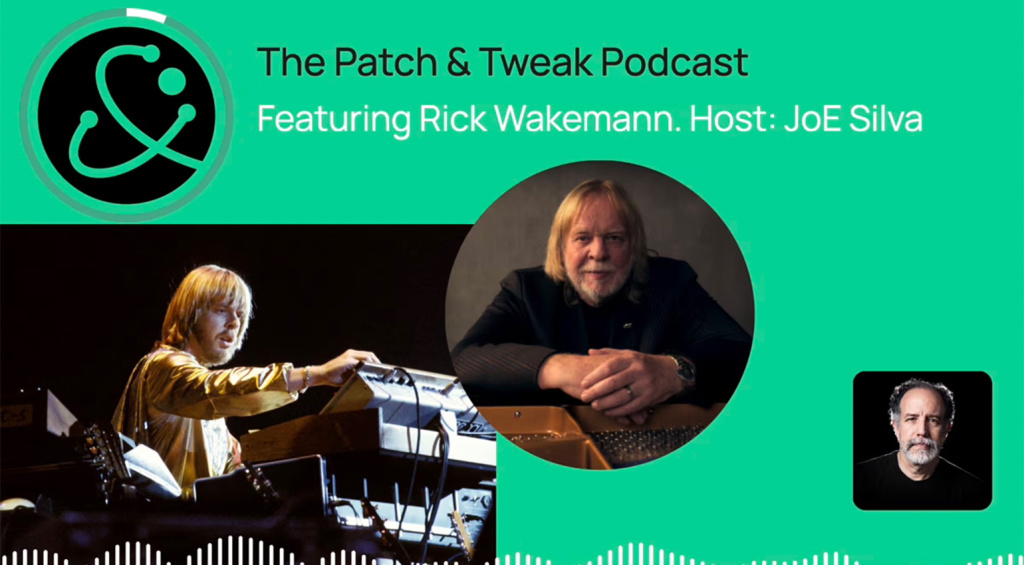
If you imagine that Rick has some stories to tell, you’d be right. During the podcast, he touches on his relationship with the Moog Minimoog, coming face to face with a Moog Modular, joining Yes, and the time he had to bring Bob Moog up onstage during a Yes concert to help stop the taxi radio chatter emitting from his Minimoog.
You can listen to the podcast with Rick Wakeman on the Patch & Tweak website, which is a subscription-based site that houses the Bjooks books as well as original content (full disclosure: I sometimes contribute to Patch & Tweak).
The Moog Minimoog and the Minimoog Book are available at Thomann*.

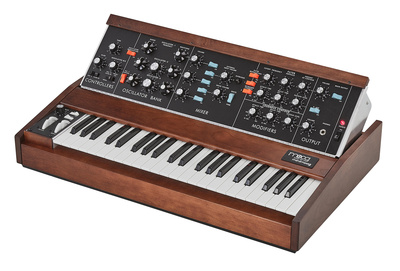

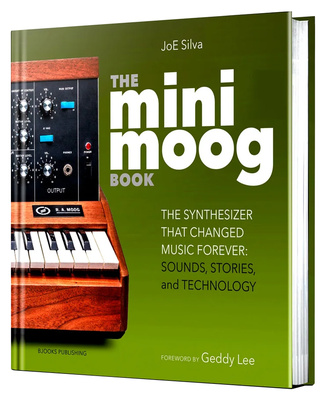
Tilde Instruments Röntgen
Before I get into the sound of Röntgen, an experimental analog instrument from Tilde Instruments, can I just say how beautiful-looking this thing is? I love the white knobs over the yellow and green-backed circles. It’s so clean and inviting, utilitarian and yet inspiring.
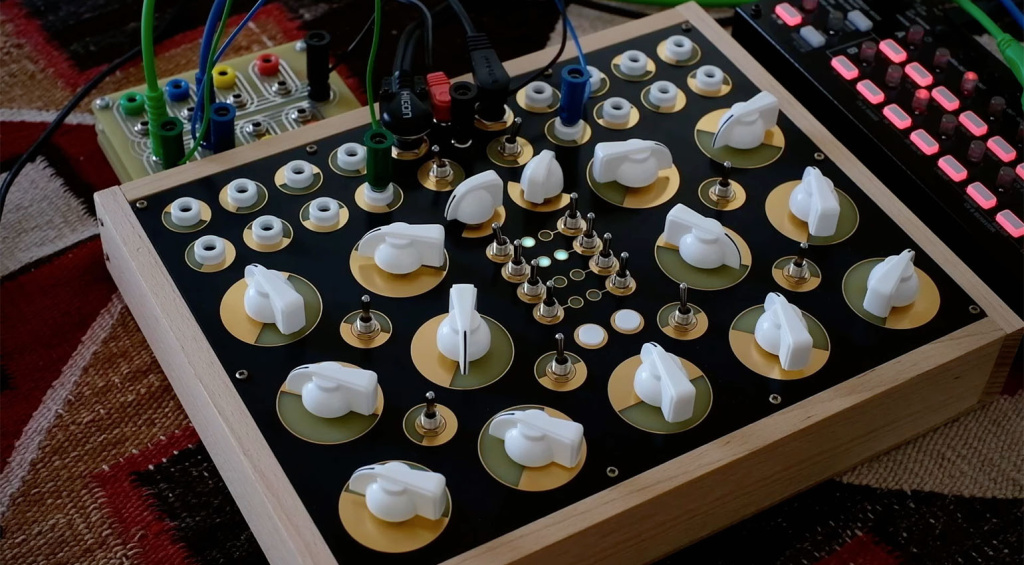
So, Tilde Instruments designed Röntgen for experimentation and improvisation. It has three parts: two oscillators with wave shapers, two random shift registers/sequencers, and a stereo delay. Semi-modular, you can use it as-is or with banana patch cables to expand its capabilities and talk to other instruments, with an insert point between the oscillators and the delay for connecting a volume pedal or external effects.
Röntgen is made to order. If you’re interested, get in touch via the link below.
Sound Semiconductor SSI2100 BBD Chip
You may know the name Solid State Music. If you don’t, you’ve surely heard of SSM chips. Solid State Music is the company that designed many of the chips used in classic synthesizers of the 1970s and ‘80s. It came back in 2017 under the new moniker, Sound Semiconductor, and has been steadily creating new analog chips, many of which have found their way into synths from Sequential, like the new Prophet-5 and Fourm.
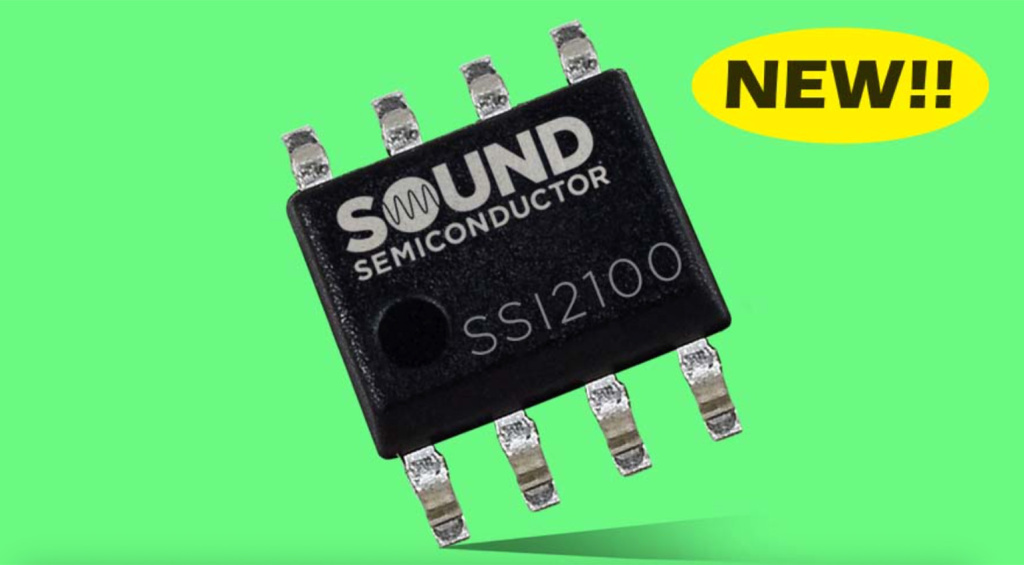
Sound Semiconductor recently announced that it had released a new bucket brigade delay chip, the SSI2100. This is amazing news because no one makes BBD chips anymore. Most modern synths that have BBD-style delays in them are actually using DSP.
“The SSI2100 is a new generation bucket brigade delay, developed on a modern IC process for performance improvements and new features while preserving the ‘mojo’ of such beloved and quirky analog delay circuits,” says the company.
These new 512-stage bucket chain chips are surface mount (what Sound Semiconductor thinks is a first), with the ability to daisy chain them for longer delay times. Most of the technical stuff is beyond me, but if you want to nerd out, you can check out the data sheet.
Looking forward to the onslaught of BBD-enhanced synths and drum machines in two years’ time.
Sequential instruments are available at Thomann*.

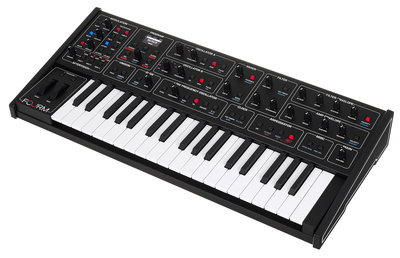

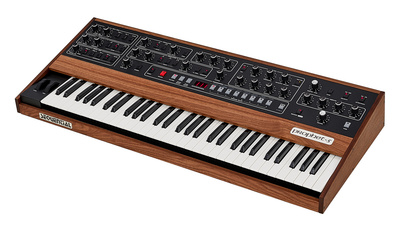
Waldorf Rack Attack: Wait, This Was a VST First?!
I was poking around on the Vemia auction listings the other day when I came across something I had never seen before. If you don’t know Vemia, it’s a periodic auction run by Peter Forrest of The A-Z of Analogue Synthesizers books fame. The site gets a lot of unique stuff, like the Yamaha GX-1 from last year that previously belonged to Richard James. The instrument that had me intrigued this time? The Waldorf Rack Attack.
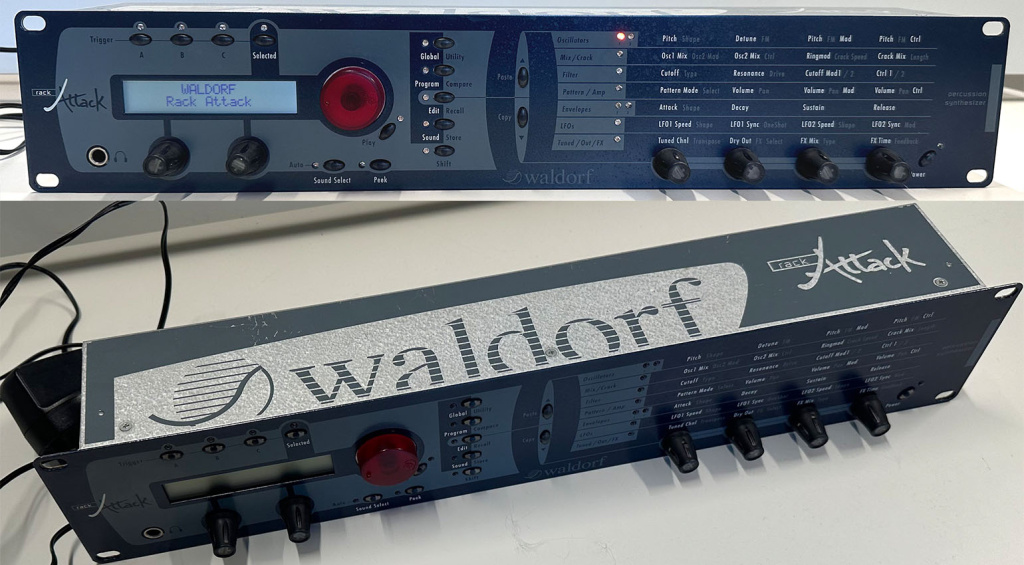
Released in the early 2000s, the Rack Attack is actually the hardware version of a pre-existing piece of software. Backwards, right? But that’s how Waldorf did it. The company started with Attack, a virtual analog drum synthesizer VST, in 2001, and it was so popular, Waldorf decided to spin it out into a physical instrument.
According to the Vemia listing (link below), it’s pretty rare outside of Germany, which may explain why I’ve never seen one. It’s also not all that expensive, so if you decide to get it, let me know how it is.
Attack lives on as part of Edition 2, a software bundle with PPG Wave 2.2V and D-Pole (which I LOVE). You can also get Attack for the iPad.
Waldorf Edition 2 is available at Thomann*.

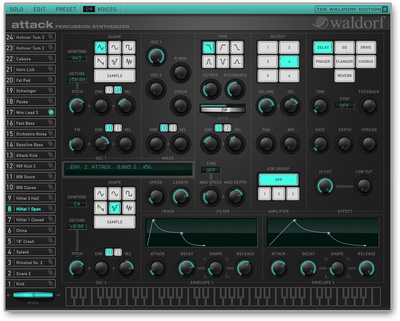
Synthesizing With Moog
Moog has launched an educational video series called Synthesizing With Moog. Aimed at true beginners, the goal of the seven-part series is to make synthesis accessible, and no prior knowledge is required.
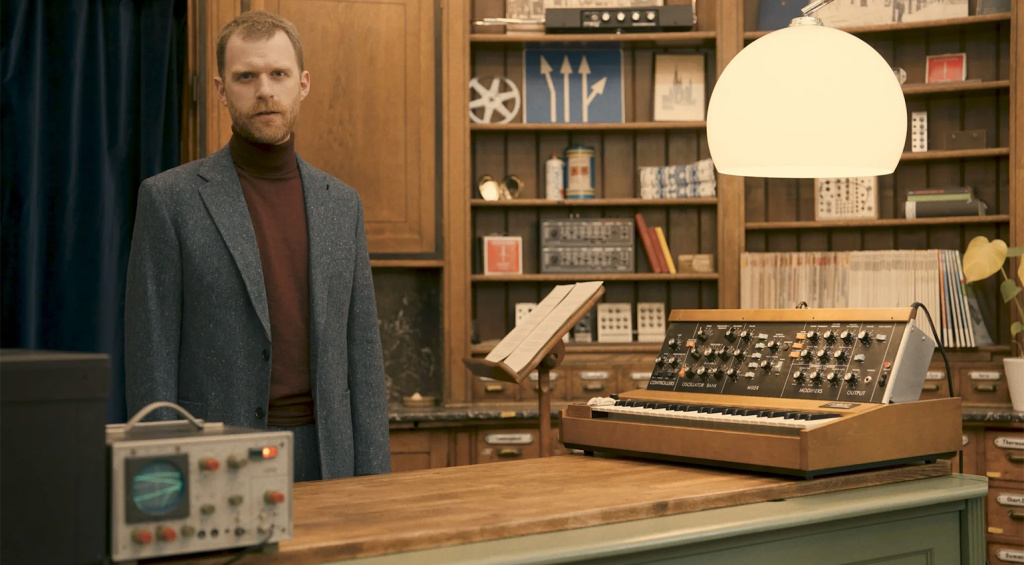
The series is hosted by Chris Miller, Moog’s product specialist, and it starts from the basics. It also isn’t Moog-specific, taking a general approach to synthesis overall. In the press release, Moog describes it as Carl Sagan/PBS-inspired, and that comes across in the look and feel of the first video, entitled Lesson 1: Listening, which features appearances from the Minimoog and Messenger.
Oh, and there will be homework; you can download worksheets from the Synthesizing With Moog homepage (link below).
Moog instruments are available at Thomann*.



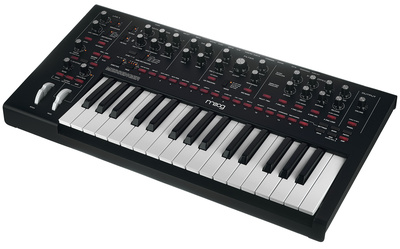
More Information
*Note: This article contains advertising links that help us pay for this site. Don’t worry: the price for you will always be the same! If you buy something through these links, we will receive a small commission. Thank you for your support!
2 responses to “Rick Wakeman Talks Minimoog, Moog Teaches You How to Synthesize, More: Synth Journal”

 4,2 / 5,0 |
4,2 / 5,0 | 
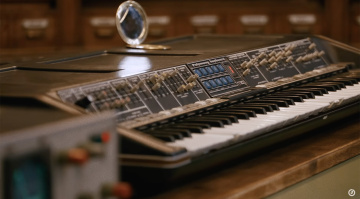

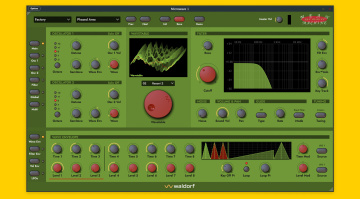
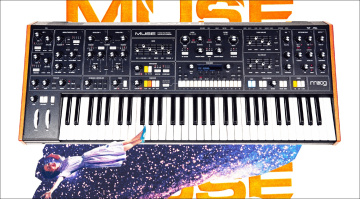
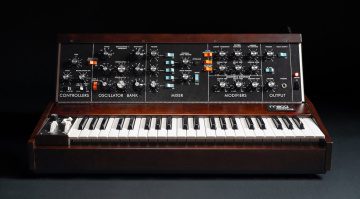
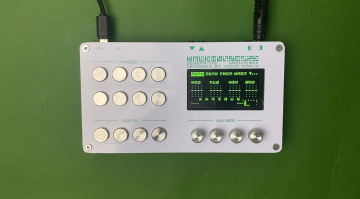

Coolaudio and Xvive make a range of BBD chips
Can you imagine going to Moog School and then ENJOYING doing your homework afterwards? That’s a great idea from Moog, I’m sure it’ll be very successful. Even VST makers (arggghhhh!) must join with hardware bods to defeat the aliens that would enslave us all. That’s right, the AI invaders must be defeated at all costs.